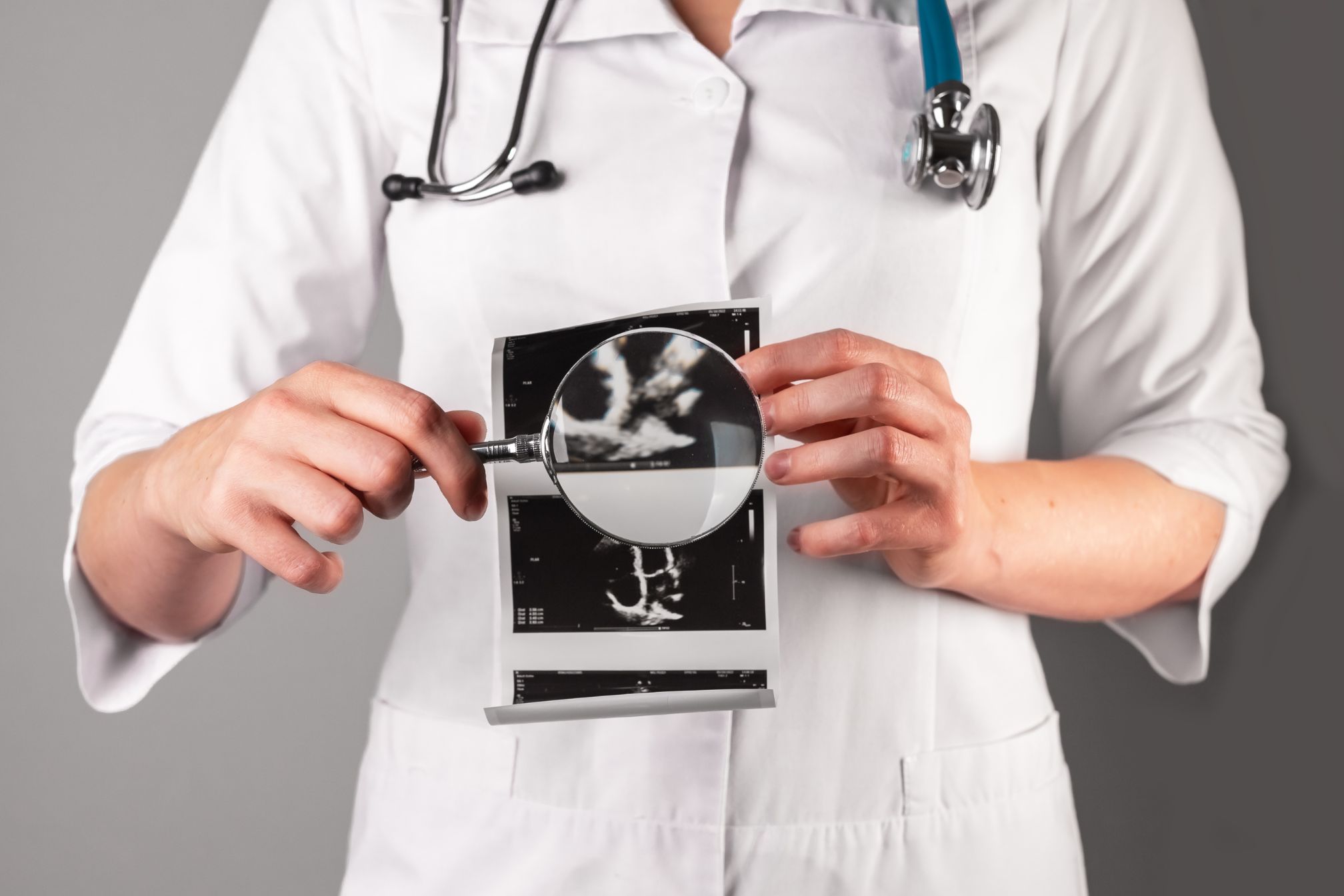Cardiac ultrasound, also known as echocardiography, is a powerful diagnostic tool used to visualize the heart’s structure and function. This non-invasive imaging technique plays a crucial role in diagnosing and managing various heart conditions. Let’s dive into the fascinating world of cardiac ultrasound and explore how it helps keep our hearts healthy.
What is Cardiac Ultrasound?
Cardiac ultrasound utilizes high-frequency sound waves to create detailed images of the heart. These images provide real-time information about the heart’s chambers, valves, and blood flow. By analyzing these images, doctors can assess how well the heart is functioning and identify any potential issues.
Imagine cardiac ultrasound as a high-tech stethoscope. Just as a stethoscope listens to the heart’s sounds, an ultrasound captures its movements and structures. It’s a bit like having a window into the heart, allowing doctors to see what’s happening inside without having to perform invasive procedures.
Types of Cardiac Ultrasound
Transthoracic Echocardiography (TTE)
The most common form of cardiac ultrasound is transthoracic echocardiography (TTE). During this procedure, a transducer (a small, handheld device) is placed on the chest. The transducer emits sound waves that bounce off the heart structures, creating detailed images.
TTE is often used for routine heart evaluations. It’s like getting a snapshot of the heart’s health, giving doctors a quick and effective way to assess its function and detect any abnormalities.
Transesophageal Echocardiography (TEE)
When more detailed images are needed, doctors might opt for transesophageal echocardiography (TEE). In this procedure, a specialized probe is gently inserted into the esophagus. Since the esophagus is located close to the heart, this method provides clearer images of heart structures that may be difficult to visualize with TTE.
TEE is particularly useful for evaluating conditions that require a closer look, such as valve disorders or blood clots in the heart. It’s like using a magnifying glass to get a closer view of a complex problem.
Stress Echocardiography
Stress echocardiography combines cardiac ultrasound with a stress test, either through exercise or medication. This type of ultrasound helps assess how the heart performs under physical stress, which can reveal issues like coronary artery disease that might not be apparent at rest.
Imagine putting your heart through a workout and then checking how well it’s holding up. Stress echocardiography helps doctors understand how the heart copes with increased demands, providing valuable insights into its overall health.
Why is Cardiac Ultrasound Important?
Assessing Heart Chambers and Valves
One of the primary uses of cardiac ultrasound is to evaluate the heart’s chambers and valves. By examining the size and function of these structures, doctors can identify conditions such as valve stenosis (narrowing) or regurgitation (leakage). For example, if a patient experiences shortness of breath, a cardiac ultrasound might reveal that a valve isn’t opening or closing properly.
Detecting Heart Disease
Cardiac ultrasound plays a crucial role in diagnosing various heart diseases. It helps identify congenital heart defects, cardiomyopathies (diseases of the heart muscle), and heart failure. For instance, a patient with unexplained fatigue might undergo a cardiac ultrasound to check for underlying heart issues that could be contributing to their symptoms.
Monitoring Treatment
For individuals undergoing treatment for heart conditions, cardiac ultrasound is invaluable in monitoring progress. It allows doctors to see how well treatments are working and make adjustments as needed. For example, if a patient is being treated for heart valve disease, regular ultrasounds can track changes in valve function and guide treatment decisions.
Guiding Procedures
Cardiac ultrasound is also used to guide certain procedures. For instance, during a procedure to repair a heart valve, real-time ultrasound images help doctors position the repair device accurately. It’s like having a GPS system to ensure everything is in the right place.
Benefits of Cardiac Ultrasound
Non-Invasive
One of the greatest advantages of cardiac ultrasound is that it is non-invasive. Unlike some imaging techniques that require injections or incisions, cardiac ultrasound only involves placing a transducer on the chest or inserting a probe into the esophagus. This makes it a safer and more comfortable option for patients.
Real-Time Imaging
Cardiac ultrasound provides real-time images of the heart, allowing doctors to observe its function as it happens. This is particularly useful for evaluating dynamic processes, such as how the heart responds to stress or how blood flows through its chambers.
Safe and Painless
Overall, cardiac ultrasound is a safe and painless procedure. Most patients experience minimal discomfort, and there are no known risks associated with the test. It’s a straightforward way to obtain crucial information about heart health without the need for more invasive techniques.
Limitations of Cardiac Ultrasound
Limited by Body Habitus
While cardiac ultrasound is a highly effective tool, its image quality can be limited by certain factors, such as body habitus. In cases of obesity or lung disease, it may be more challenging to obtain clear images of the heart. However, advancements in technology continue to improve the quality of images in such situations.
Operator-Dependent
The quality of cardiac ultrasound images and the accuracy of interpretation depend significantly on the skill of the technician and physician performing the test. An experienced operator can often produce clearer images and make more accurate diagnoses, highlighting the importance of expertise in this field.
Real-Life Applications
Let’s explore a couple of real-life scenarios where cardiac ultrasound made a significant difference.
Case 1: Diagnosing a Heart Valve Issue
Sarah, a 58-year-old woman, had been experiencing shortness of breath and fatigue. Her doctor suspected a heart valve problem and ordered a cardiac ultrasound. The results revealed severe aortic stenosis, a condition where the heart’s aortic valve is narrowed. Thanks to the ultrasound, Sarah’s doctor was able to recommend a valve replacement procedure, which greatly improved her symptoms and quality of life.
Case 2: Monitoring Heart Function in a Cancer Patient
John, a 65-year-old cancer patient undergoing chemotherapy, experienced swelling in his legs and shortness of breath. Given the potential side effects of chemotherapy on heart function, his doctor ordered a cardiac ultrasound to monitor his heart’s health. The ultrasound showed that John’s heart was coping well with the treatment, allowing his doctor to continue with the prescribed therapy without additional concerns.
Conclusion
Cardiac ultrasound is a remarkable tool that provides invaluable insights into heart health. Its non-invasive nature, real-time imaging capabilities, and overall safety make it an essential component of modern cardiology. Whether it’s diagnosing a heart condition, monitoring treatment, or guiding procedures, cardiac ultrasound plays a crucial role in ensuring our hearts remain healthy and functional. With ongoing advancements in technology, its ability to deliver accurate and detailed images continues to improve, making it a cornerstone of heart care.
So, the next time you hear about a cardiac ultrasound, remember that it’s not just a routine test but a window into the vital organ that keeps us going every day










